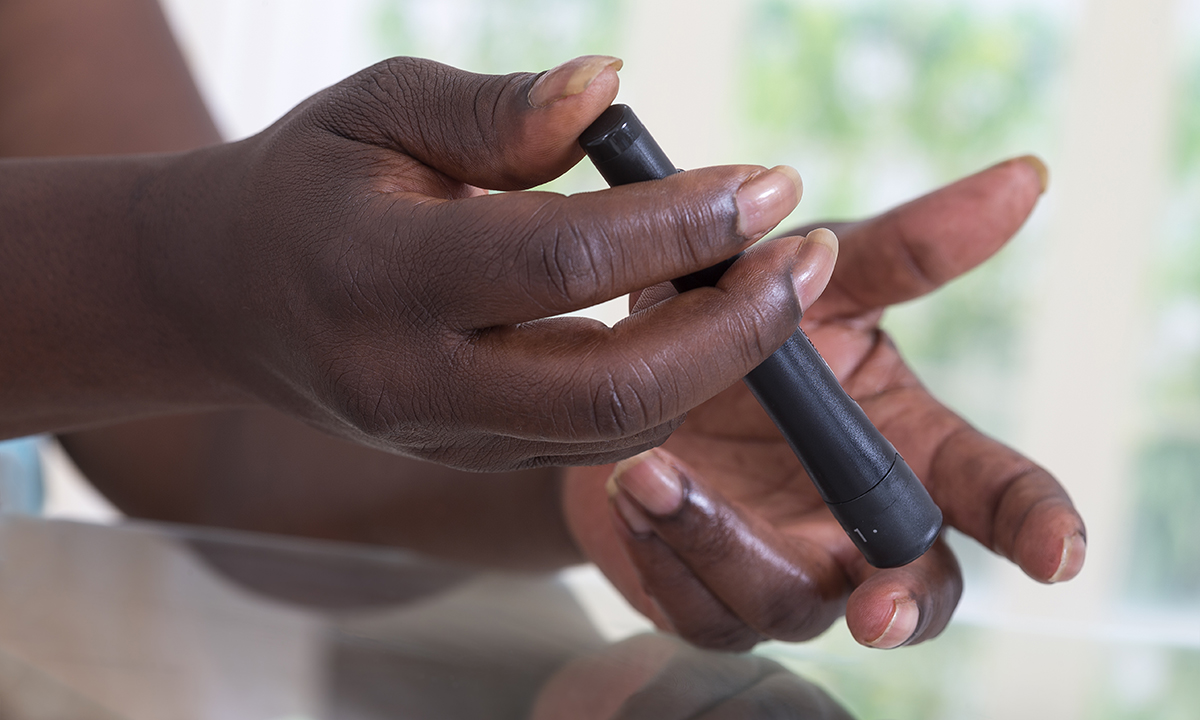MORE can be done to increase diabetes screening rates among Indigenous Australians and enable earlier intervention, say experts who are calling for a greater focus on young adults.
A study published in the MJA found enormous variation in diabetes screening rates between different Aboriginal Community Controlled Health Services (ACCHSs).
The proportion of Indigenous adults screened for diabetes at least once in 3 years – as per the Royal Australian College of General Practitioners and Diabetes Australia (RACGP/DA) guidelines – ranged from 16% to 90% between different services.
Overall, 74% of Indigenous adults received a screening test for diabetes at least once between 2010 and 2013, the study found, based on de-identified data on 20 978 patients from 18 ACCHSs.
Only 18% of Indigenous adults were tested for diabetes annually, as per the more intensive guidelines by the National Aboriginal Community Controlled Health Organisation (NACCHO), leading the authors to claim that the RACGP/DA guidelines were more practicable.
The study defined screening tests to include glycated haemoglobin (HbA1c) testing as well as the oral glucose tolerance test and venous glucose level testing.
Barriers to screening included being aged under 50 years, being transient rather than a current patient and attending the service less frequently, the study found. The authors concluded that particular attention should be given to increasing the screening rate in these groups.
The finding that young people were less likely to be tested was “intuitively reasonable”, the authors said, given that the risk of developing diabetes rises with age. However, they suggested that it was still best practice to test Indigenous adults from the age of 18 years, as it provided a “substantial opportunity for limiting the impact of type 2 diabetes”.
Despite this difference between Indigenous and non-Indigenous people, the National Health and Medical Research Council (NHMRC) only recommends screening Indigenous people for diabetes once they are aged over 35 years, and doing it every 3 years.
Professor Kerin O’Dea, Professor Emeritus at the University of South Australia and Honorary Professor at the University of Melbourne, said that the NHMRC recommendations “really need to be updated”.
“Early onset of type 2 diabetes is very common in Aboriginal communities following Westernisation, so I agree with the recommendations of NACCHO and the RACGP, which recommended early screening,” she told MJA InSight.
“Whether you do it annually or every 3 years is a less important question to me, and very patient-dependent,” she said.
Professor O’Dea said that more widespread use of HbA1c testing could increase the screening rate in Aboriginal communities, particularly among younger people and those who were more transient.
“If screening for diabetes was just a simple opportunistic HbA1c test, you wouldn’t have so many problems getting people to have it done,” she said. “HbA1c testing will give you a good idea of the mean glucose level, and unlike the glucose tolerance test, you don’t have to ask the patient to return in the fasting state.
“If it does turn out that the patient has borderline diabetes, then you can ask if they are prepared to do a glucose tolerance test,” she added.
Study co-author, Associate Professor Christine Paul, said that there was significant variation in the use of HBA1c testing across sites and across time in the study.
“I think it is possible that increasing the use of HbA1c as a screening test may help [to increase screening rates]; however, I don’t think it’s the main answer,” she said. “Clearly some health services need support to get systems in place, regardless of which test they use.”
To find a doctor, or a job, to use GP Desktop and Doctors Health, book and track your CPD, and buy textbooks and guidelines, visit doctorportal.

 more_vert
more_vert